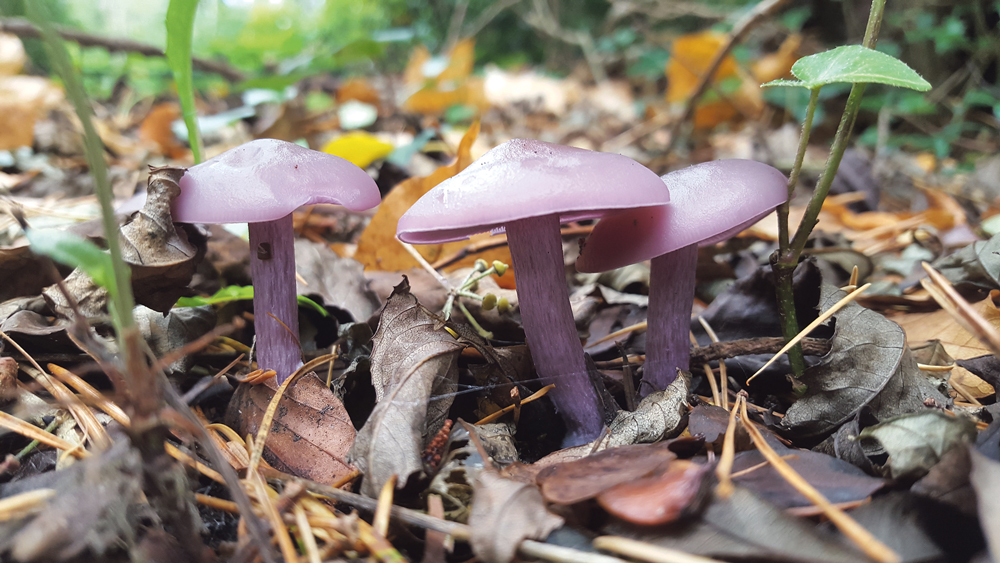

Nature on our doorsteps: Fabulous fungi
Rosaleen Dwyer is the County Heritage Officer at South Dublin County Council – every week she gives us an insight into nature on our doorsteps and the beautiful biodiversity of its plants and wildlife.
SCIENTISTS group all living things on the planet into different categories called kingdoms.
These kingdoms include the ones we would be most familiar with ourselves, such as the plant kingdom and the animal kingdom, to which we humans belong.
The remaining kingdoms represent the vast millions of other species on the planet that include fungi, bacteria, viruses, and single-celled organisms.
The fungal kingdom includes many millions of species of mushroom, yeasts and moulds.
Many of these fungal species go unnoticed by us as they are mostly microscopic and live in soil, wood, or other rotting material.
We generally only notice them when they send out their fruiting bodies, which we see as mushrooms or moulds.
Fungi, however, are much more involved in many aspects of our daily lives than we sometimes appreciate.
Apart from being a direct source of food for us in the form of a wide variety of edible mushrooms, we also use yeast to rise bread dough and to ferment alcohol.
Different fungal species are also used to create other foods like cheeses, yoghurts, and soy sauce.
In medicine, one of the most important discoveries in the 20th Century was that some fungi produce chemicals that kill bacteria.
Since then, we have benefitted greatly from these anti-biotic chemicals in the treatment of a wide range of human and animal diseases.
The enzymes from some fungi are also used in detergents and in biological pesticides to control insects and plant diseases.
Some fungi can break down polluting industrial material like crude oil and plastics.
One particular species that is resistant to radiation might be helpful in cleaning up nuclear waste.
At this time of the year we see fungi as they pop up in lawns, at the base of trees, or in rotting wood and fallen leaves.
They remind us that they are one of the key essential recycling tools in nature.
They break down organic matter into its different nutrients, making these available once again to trees and other plants.

